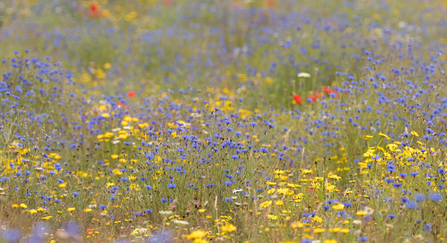For Pagans, nature is not just beautiful or useful – it is sacred. We don’t see ourselves as separate from the natural world, but as part of an interconnected web of life, where every tree, stream, bird, and beetle is not only vital to the whole, but also imbued with spirit. This worldview shapes not only how we relate to the land, but also how and why we protect it.
Many modern Pagan paths, whether Druidic, Wiccan, Heathen, or eclectic, draw their inspiration from pre-Christian traditions that honoured the cycles of nature. Our festivals often mark the turning points of the seasons – the solstices and equinoxes, the times of planting and harvest. These are not just dates in a calendar but moments of deep connection with the living world. At Beltane, we celebrate fertility and the bursting forth of life. At Samhain, we honour decay, death, and the turning inward of winter. In all of this, there is an understanding that life and death are part of the same great cycle – and that the earth sustains and receives us all.
Because of this deep spiritual connection, conservation becomes more than a duty or a good cause. It becomes an act of devotion.

